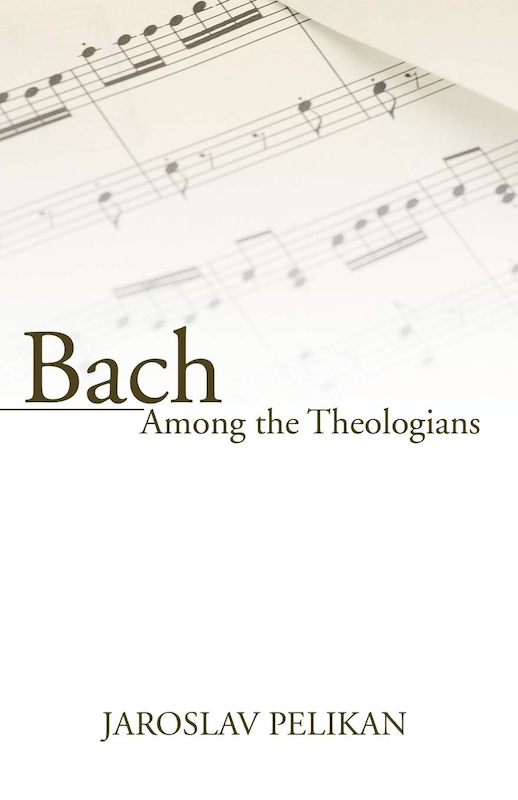
“It was traditional usage in various parts of Protestant Germany, including Leipzig, to present the Passion story from Saint Matthew’s Gospel on Palm Sunday and from Saint John’s Gospel on Good Friday. But whether or not that particular usage was strictly observed, the whole atmosphere and musical intentionality of the Passions would demand that they be sung during Lent; and that is certainly when most performances of them are still given.
“The locus of the Bach Passions within the church year belongs to their essentially churchly character, by contrast with the setting of [Handel’s] Messiah, which, except for performances in the chapel of the Foundling Hospital, was given in church only once during Handel’s lifetime, at Bristol Cathedral on 17 August 1758; and that, moreover, appears to have been the only performance of any of Handel’s oratorios in a church. In his own lifetime Handel’s Messiah was attacked for being presented in the profane atmosphere of a theater. Writing under the pseudonym of ‘Lover of Truth [Philalethes]’ a year after the premier performance, a critic declared:
“It cannot be defended as Decent, to use the same Place one Week as a Temple to perform a sacred Oratorio in, and (when sanctify’d by those hallowed Lays) the next as a Stage, to exhibit the Bufoonries of Harlequin.
“‘Decent’ or not, theaters such as Covent Garden and the Academy of Ancient Music in London were the natural habitat for Messiah. That may also help to account for the importance that Messiah has assumed in the tastes of the musical public, in comparison with the Passions. There is certainly enough also in Messiah to offend the nonbelieving listener, not to say the listener for whom the Hebrew Bible is the primary Scripture rather than only the first part of Scripture; nevertheless it is far easier to treat it as a concert piece, whose theological content, while never irrelevant to the interpretation, need not get in the way of the performance. With Bach’s Passions the situation is quite different. Both the objective basis of the piece, from the Gospels, and the subjective elements, in the arias and chorales, presuppose and seek to achieve an element of engagement in the audience that is appropriate to the church rather than to the concert hall. We are engaged when we hear the conflict between the two mothers in Handel’s Solomon, as we are when we watch and hear Tosca’s struggles to defend her honor and her art. But the engagement does not demand of us that we respond with an existential decision for or against the claims of the story to represent the nature of Ultimate Reality. For that reason, the natural habitat of Bach’s Passions is still the church.
“Because the Bach Passions were originally performed in church and, in a sense, still belong in church, their most distinctive musical feature, the chorales, must also be mentioned in any comparison between them and Messiah. Bach’s use of the chorales in his Passions, moreover, sets them apart not only from Handel’s Messiah but from the Passion tradition itself. Scholars still dispute whether or not the present practice at Leipzig, where the congregation joins in the singing of the chorales during the performances of the Passions, obtained there when Bach conducted them. It is an attractive idea, to be sure, but the practicalities of such participation would have been formidable.
“Whatever the eventual answer to that question may be, it is far more pertinent to the understanding of the Passions to point out that Bach’s congregations, even if they did not join in singing the chorales, knew them, and knew them very well. In this respect they differed fundamentally from most of the audiences, at least in America, for whom the Bach Passions are presented now. Anglo-Saxon hymnody, whether Anglican or Wesleyan or Free Church, has at various times embodied elements of the German chorale tradition, through Wesley’s adaptations or through the translations of Catherine Winkworth (1829–78), a remarkable poet whose renditions of chorales in her Lyra Germanica, as [John] Julian has said, ‘have had more to do with the modern revival of the English use of German hymns than the versions of any other writer.’ But Bach’s audiences traditionally knew almost nothing else and were only beginning to expand their horizons, thanks largely to Pietism. And therefore he was able to weave the chorales into the Passions as themes and variations, with the expectation that they would be recognized easily and that their pertinence to the Gospel story would be grasped instantly. Interacting with the chorale preludes for the Sundays and festivals of the church year and with the chorales that formed the climax of the cantatas (as all of these were specified by the hymnals and service books in use), the chorales of the Bach Passions become a leitmotiv that cuts horizontally across Bach’s sacred music and gives it a special sort of thematic unity.”
— from Jaroslav Pelikan, Bach among the Theologians (Fortress Press, 1986)